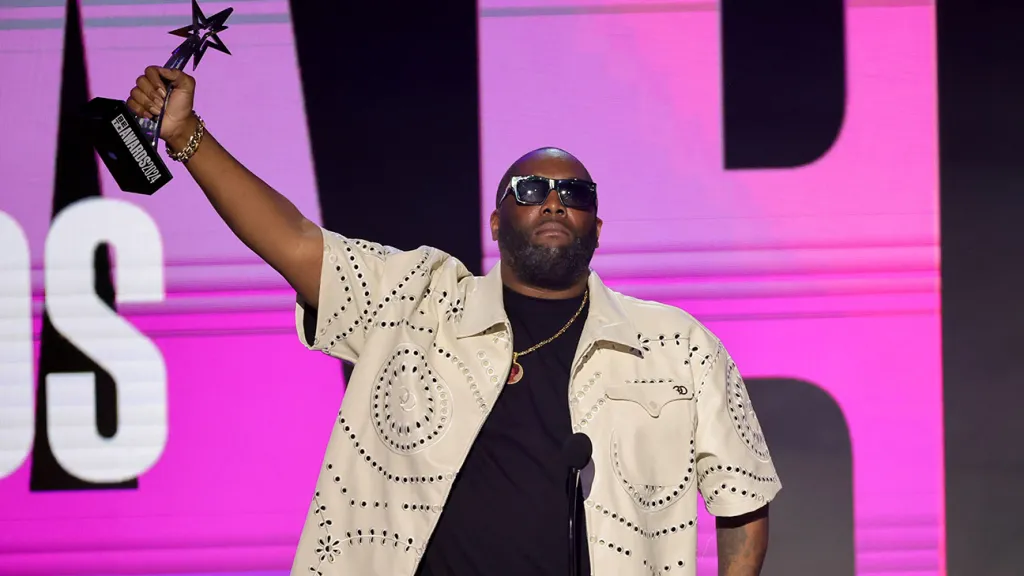Rap music has taken center stage in recent commercials. Its presence is unmistakable, and its impact is profound. This shift towards rap in advertising has not occurred by chance. It reflects a deeper understanding of cultural dynamics, consumer behavior, and marketing strategies. To unravel this trend, we must explore several key aspects: the evolution of rap music, its cultural significance, demographic shifts, and the strategic advantages it offers to brands.
I. The Evolution of Rap Music
Rap music originated in the 1970s in the Bronx, New York. It began as a form of street art, with DJs and MCs creating rhythmic speech over beats. Over the decades, rap evolved from a niche genre to a global phenomenon. Its journey has been marked by several phases:
The Early Days (1970s-1980s): Rap was a voice for marginalized communities. Artists like Grandmaster Flash and Run-D.M.C. brought attention to social issues.
The Golden Age (Late 1980s-1990s): This era saw the rise of influential artists like Tupac, Notorious B.I.G., and Nas. Rap gained mainstream popularity, and its themes became more diverse.
The New Millennium (2000s-Present): Rap’s influence continued to grow, with artists like Jay-Z, Eminem, and Kanye West pushing the genre’s boundaries. Today, rap is one of the most popular music genres worldwide.
II. Cultural Significance of Rap Music
Rap music is more than just a genre; it is a cultural movement. It has been a platform for expressing identity, resistance, and resilience. The following points highlight its cultural significance:
Voice of the Voiceless: Rap has given a voice to those often ignored by mainstream society. It addresses issues like poverty, racism, and inequality.
Cultural Identity: Rap reflects the experiences and aspirations of diverse communities. It celebrates cultural heritage and challenges stereotypes.
Innovation and Creativity: Rap is known for its lyrical complexity and innovative use of language. Artists often play with words, metaphors, and rhythms, making it a dynamic form of expression.
III. Demographic Shifts and Consumer Behavior
The use of rap music in commercials aligns with significant demographic shifts. The following factors are crucial:
Youth Culture: Rap is particularly popular among younger demographics. Millennials and Gen Z, who represent a significant portion of the consumer market, are avid rap listeners.
Cultural Diversity: The growing cultural diversity in many countries has made rap, which often celebrates multiculturalism, more appealing.
Digital Natives: Younger consumers are digital natives who consume music through streaming platforms. Rap artists often dominate these platforms, making their music more accessible.
IV. Strategic Advantages for Brands
Using rap music in commercials offers several strategic advantages:
Relevance and Relatability: Rap music resonates with younger audiences, making brands appear more relevant and relatable.
Emotional Connection: The emotive power of rap lyrics helps brands forge an emotional connection with consumers. This connection can drive brand loyalty.
Brand Personality: Rap music can help define a brand’s personality. It can convey attributes like edginess, creativity, and authenticity.
Engagement and Virality: Rap music, with its catchy beats and memorable lyrics, can enhance the engagement of advertisements. It also has the potential to go viral on social media.
V. Case Studies: Successful Use of Rap in Commercials
To illustrate the effectiveness of rap in commercials, let’s examine some successful campaigns:
Nike’s “Dream Crazy” Campaign: Featuring Colin Kaepernick and using a rap soundtrack, this campaign highlighted social justice issues. It resonated deeply with younger audiences and reinforced Nike’s brand values.
Apple’s AirPods Pro Commercial: Featuring the rap song “I Learnt Some Jazz Today” by Tessellated, this commercial emphasized creativity and individuality, aligning with Apple’s brand image.
Adidas’ “Original is Never Finished” Campaign: This campaign used a remix of Frank Sinatra’s “My Way” with a rap twist. It showcased Adidas’ commitment to originality and innovation.
VI. Challenges and Considerations
While the use of rap music in commercials has many benefits, it also presents challenges:
Authenticity: Brands must ensure that their use of rap music feels authentic. Forced or insincere use can backfire, alienating the target audience.
Cultural Sensitivity: Rap often addresses sensitive topics. Brands must navigate these carefully to avoid controversy.
Overuse: The popularity of rap in commercials could lead to oversaturation. Brands need to use it strategically to maintain its impact.
VII. Future Trends
The future of rap music in commercials looks promising. Here are some trends to watch:
Collaboration with Artists: More brands are likely to collaborate directly with rap artists to create custom content. This can enhance authenticity and engagement.
Integration with Technology: The integration of rap with emerging technologies like augmented reality (AR) and virtual reality (VR) can create immersive advertising experiences.
Focus on Social Issues: As consumers increasingly expect brands to take a stand on social issues, rap’s focus on social commentary can be a powerful tool for brands.
See Also: An Overview about The Rise and Popularity of Classical Music Rap
VIII. Conclusion
The rise of rap music in commercials is a reflection of its cultural significance and its ability to connect with diverse, younger audiences. By leveraging the emotive power and cultural relevance of rap, brands can create compelling, authentic, and impactful advertisements. However, they must navigate the challenges of authenticity and cultural sensitivity carefully. As the advertising landscape continues to evolve, rap music’s role in commercials is likely to grow, offering exciting opportunities for creative and meaningful brand storytelling.
This shift towards rap in advertising is not just a trend; it is a testament to the genre’s enduring influence and its ability to adapt and thrive in different contexts. Brands that understand and harness this power can build stronger connections with their audiences and stand out in a competitive market.

